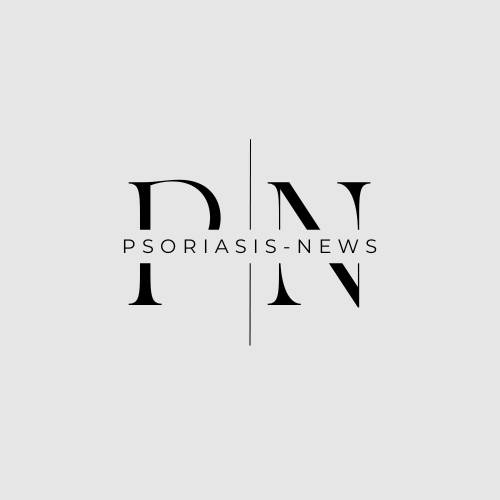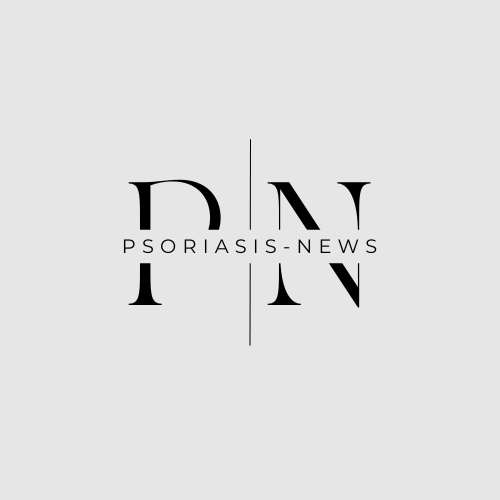Am J Clin Dermatol. 2024 Mar;25(2):333-342. doi: 10.1007/s40257-024-00845-4. Epub 2024 Jan 24.
ABSTRACT
BACKGROUND: Tuberculosis has a major global impact. Immunocompetent hosts usually control this disease, resulting in an asymptomatic latent tuberculosis infection (LTBI). Because TNF inhibitors increase the risk of tuberculosis reactivation, current guidelines recommend tuberculosis screening before starting any biologic drug, and chemoprophylaxis if LTBI is diagnosed. Available evidence from clinical trials and real-world studies suggests that IL-17 and IL-23 inhibitors do not increase the risk of tuberculosis reactivation.
OBJECTIVE: To evaluate psoriasis patients with treated or untreated newly diagnosed LTBI who received IL-17 and IL-23 inhibitors and the tolerability/safety of tuberculosis chemoprophylaxis.
METHODS: This is a retrospective, observational, multinational study from a series of 14 dermatology centres based in Portugal, Spain, Italy, Greece and Brazil, which included adult patients with moderate-to-severe chronic plaque psoriasis and newly diagnosed LTBI who were treated with IL-23 or IL-17 inhibitors between January 2015 and March 2022. LTBI was diagnosed in the case of tuberculin skin test and/or interferon gamma release assay positivity, according to local guideline, prior to initiating IL-23 or IL-17 inhibitor. Patients with prior diagnosis of LTBI (treated or untreated) or treated active infection were excluded.
RESULTS: A total of 405 patients were included; complete/incomplete/no chemoprophylaxis was administered in 62.2, 10.1 and 27.7% of patients, respectively. The main reason for not receiving or interrupting chemoprophylaxis was perceived heightened risk of liver toxicity and hepatotoxicity, respectively. The mean duration of biological treatment was 32.87 ± 20.95 months, and only one case of active tuberculosis infection (ATBI) was observed, after 14 months of treatment with ixekizumab. The proportion of ATBI associated with ixekizumab was 1.64% [95% confidence interval (CI): 0-5.43%] and 0% for all other agents and 0.46% (95% CI 0-1.06%) and 0% for IL-17 and IL-23 inhibitors, respectively (not statistically significant).
CONCLUSIONS: The risk of tuberculosis reactivation in patients with psoriasis and LTBI does not seem to increase with IL-17 or IL-23 inhibitors. IL-17 or IL-23 inhibitors should be preferred over TNF antagonists when concerns regarding tuberculosis reactivation exists. In patients with LTBI considered at high risk for developing complications related to chemoprophylaxis, this preventive strategy may be waived before initiating treatment with IL-17 inhibitors and especially IL-23 inhibitors.
PMID:38265746 | PMC:PMC10867072 | DOI:10.1007/s40257-024-00845-4

